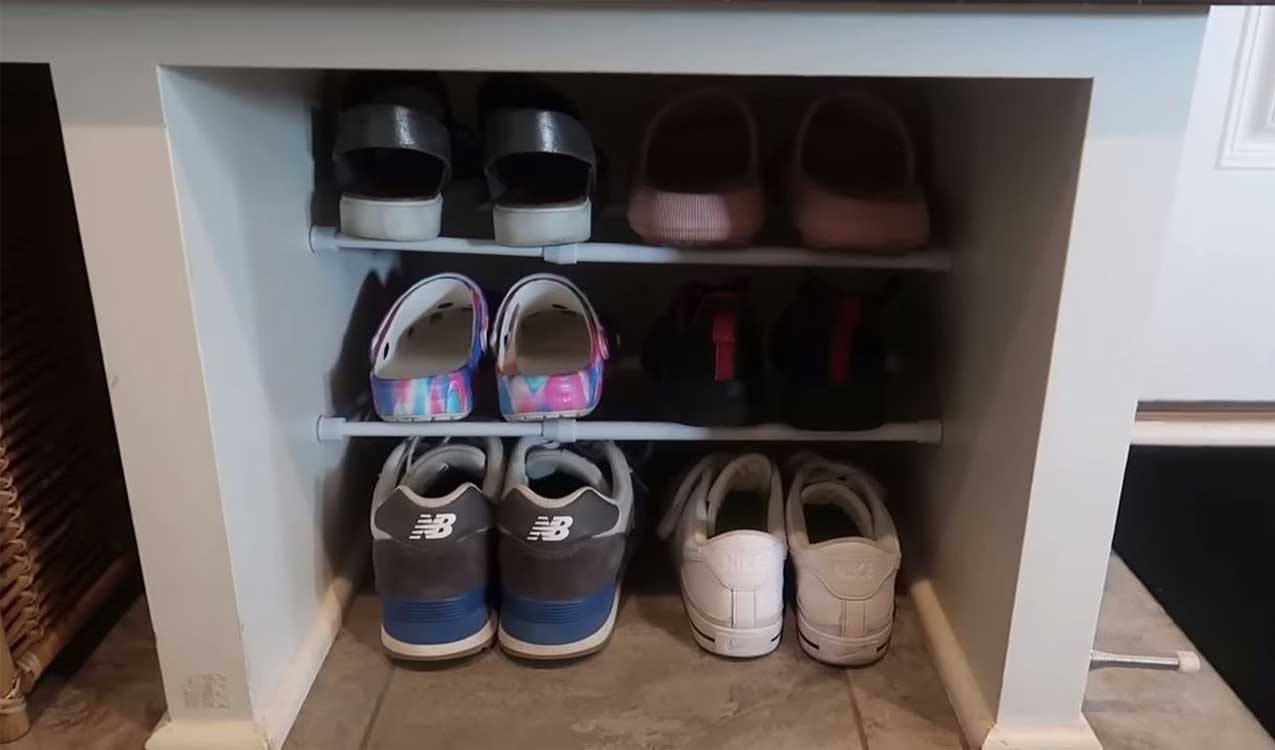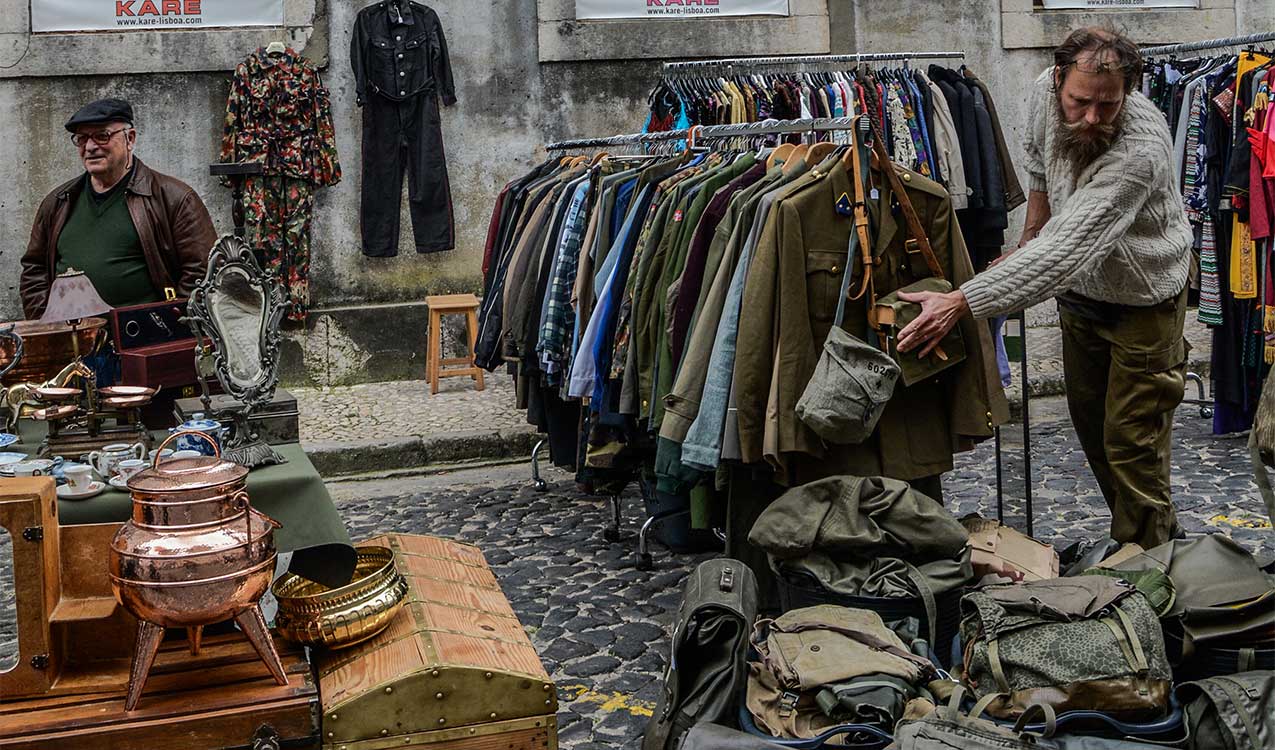Have you ever wondered what to do with unwanted clothes? Lucy Biggers provides intriguing answers in her enlightening series “One Small Step.” This captivating series takes a deep dive into sustainable clothing management, highlighting the vital role of recycling and thrift stores in handling our unwanted clothes.
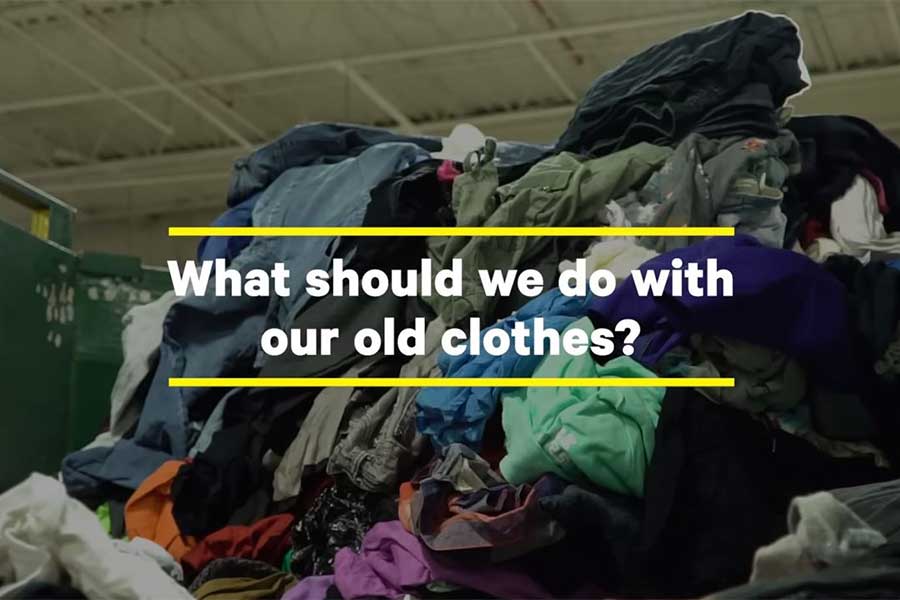
Stepping Towards Sustainability: What to Do with Unwanted Clothes
The journey your discarded clothes embark on once removed from your wardrobe is a fascinating one. Lucy Biggers paints an illuminating picture; navigating the complex terrain of responsible textile disposal and reuse in her enlightening series “One Small Step,” by NowThis Earth. This fascinating series dives into the heart of sustainable clothing management, and the essential role of recycling and thrift stores.
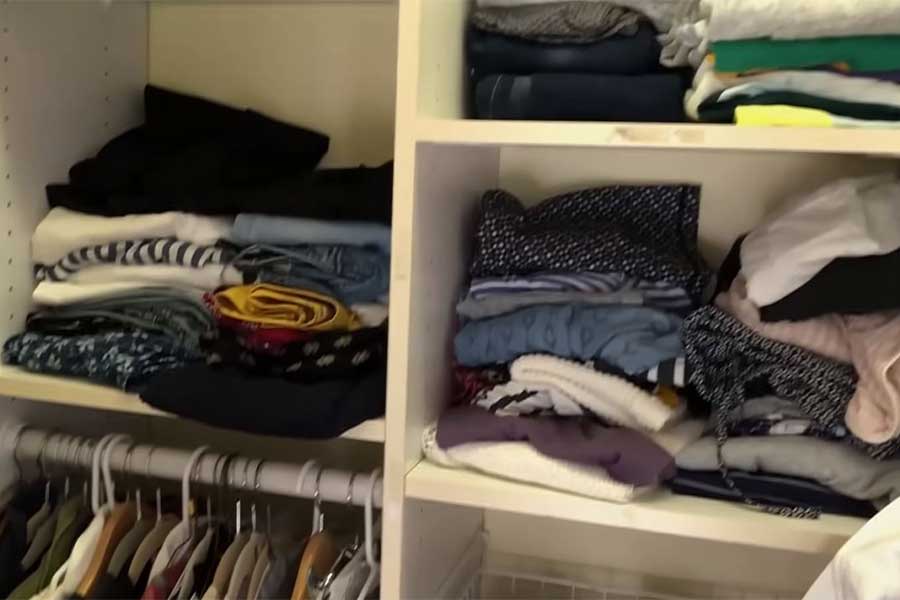
Our Closets, Our Choices
Every great journey begins with a single step. Lucy embarks on hers by initiating a comprehensive wardrobe decluttering. It’s a clear, relatable starting point, demonstrating how we, too, can become part of the solution. The journey of our discarded clothes is not as straightforward as it seems. Thrift shops like Beacon’s Closet, are selective in their acquisitions, ensuring that they maintain a certain standard in their offerings.
Here are some noteworthy details:
- On average, 150 people sell their clothes at Beacon’s Closet, a thrift shop in Brooklyn, each day.
- Beacon’s Closet sells items that they buy for 20-30% of the original retail price.
- Fast fashion is so readily available at low prices, that thrift stores often can’t price these items even less than what they retailed at to begin with.
- Clothes that are no longer acceptable for the retail market can be donated; however, industry standards dictate how clothing is accepted and used. The guideline is approximately 50% needs to be reusable as secondhand, while 25% can be reused as rags, and the other 20% will be shredded up and repurposed for low-grade fiber products.
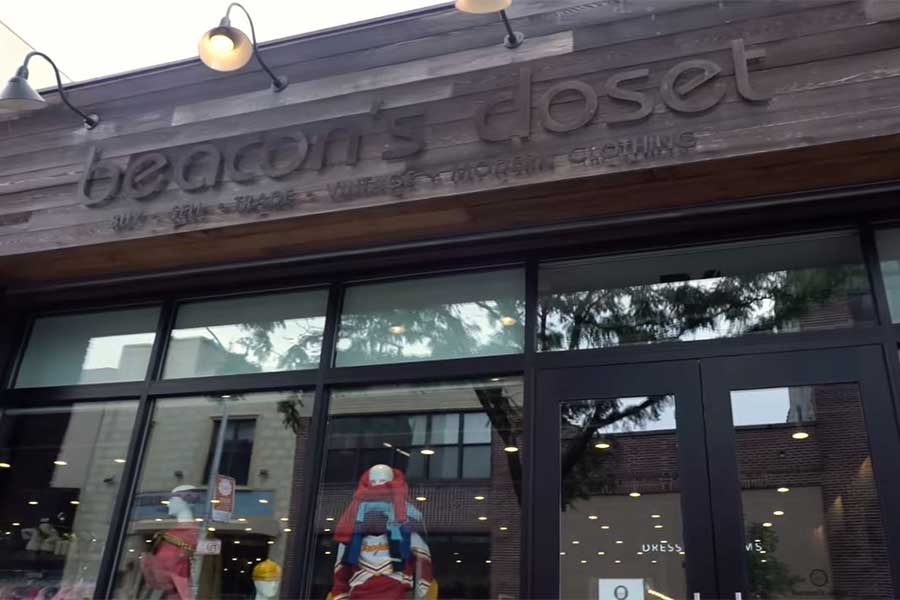
Peeling Back the Layers of the $20 Billion Resale Market
One promising solution for unwanted clothes is the resale market. In 2019, this dynamic sector was already valued at over $20 billion. It’s a beacon of hope, signaling that our choices can make a significant difference. However, transforming our clothing habits into sustainable practices presents substantial challenges.
Since 2004, companies like Wearable Collections have been working tirelessly to divert clothing from landfills, saving nearly 20 million pounds of textiles. But, against the backdrop of the staggering 34 billion pounds of clothes discarded by Americans annually, this achievement feels like a mere drop in the ocean.

Fast Fashion: The Intricate Issue at Hand
One of the challenges of the clothing industry is fast fashion. Its readily available, inexpensive offerings significantly add to the environmental burden. This means that thrift stores, despite their best efforts to provide affordable alternatives, find themselves up against a formidable opponent. On top of this, our consumption rates, fueled by fast-fashion trends, are dauntingly high. Major retailers like H&M, Forever 21, and Zara, introduce tens of thousands of new, affordable styles annually. However, some of these brands are also part of the solution. H&M, for instance, has been operating a global garment collection program since 2013.
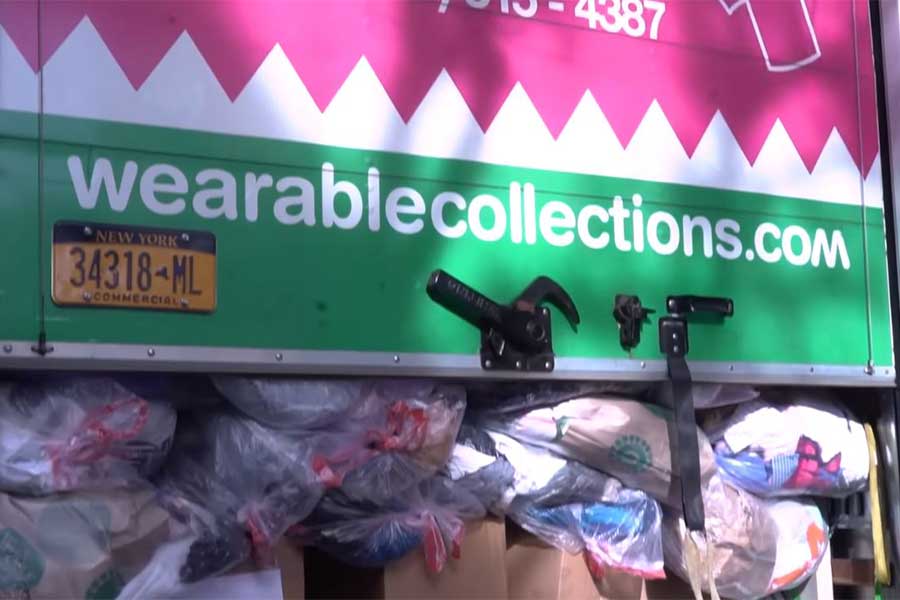
The Hidden Stages of the Clothing Lifecycle
One of the most engaging aspects of Lucy’s series is her ability to go beyond the visible and venture into the less-explored aspects of the clothing lifecycle. In her quest to provide comprehensive answers on what to do with unwanted clothes, she takes us on a behind-the-scenes tour of a sorting facility, shedding light on the vast scale of clothing consumption.
As it turns out, a massive 80% of donated clothes eventually find their way into international markets. Sorting facilities play a pivotal role in this process. They purchase donated clothes for roughly 20 cents per pound, and then resell them at a profit, demonstrating that sustainability can also be economically viable.

Here’s What We Can Do
Lucy’s findings aren’t just food for thought; they’re a call to action. She presents us with three practical steps to initiate our journey towards sustainable clothing:
Step 1 – Wardrobe Clean-out. It’s time to get real about what we wear. Begin small, tackle one room at a time, or even one drawer at a time. Differentiate between the clothes you wear regularly and those that have been gathering dust.
Step 2 – Resell or Donate. Once you’ve identified clothes that are wearable but unwanted, look for ways to give them a new life. Platforms like eBay, Poshmark, or ThredUp offer opportunities for reselling. Local thrift stores are a great place to donate, but ensure the clothes are in good condition. If they’re too worn out, look for textile recycling options in your vicinity.
Step 3 – Shop Responsibly. The next time your wardrobe needs refreshing, consider secondhand shopping at thrift stores or online resale platforms. If you prefer to buy new, prioritize brands with a commitment to sustainability.

Be the Ripple in the Pond
Our habits around clothing consumption and disposal significantly impact the environment and the economy. As the One Small Step series illustrates, we are all part of this intricate tapestry. But with awareness and small, conscientious decisions, we can begin to change the narrative. Every garment that we resell or donate, every sustainable purchase we make, helps extend the lifecycle of clothing and reduces landfill waste. The responsibility to change the narrative of fast fashion lies with us. It’s time to take that small step towards sustainability and create a big ripple, one garment at a time.
If you liked this content, please check out the NowThis Earth channel and consider subscribing.
Interested in working with us?

